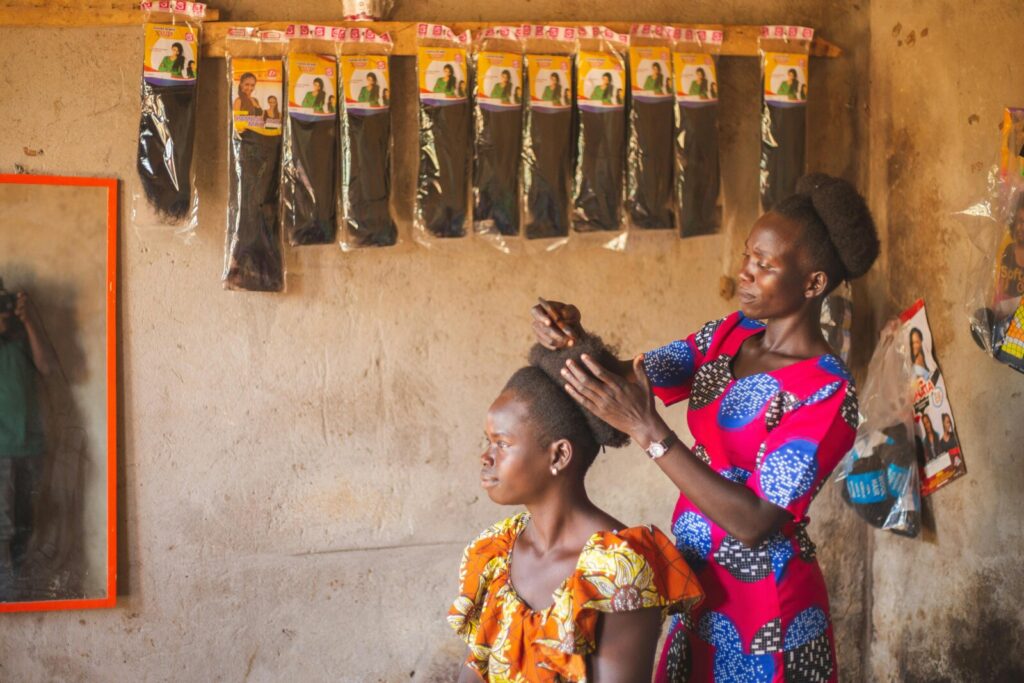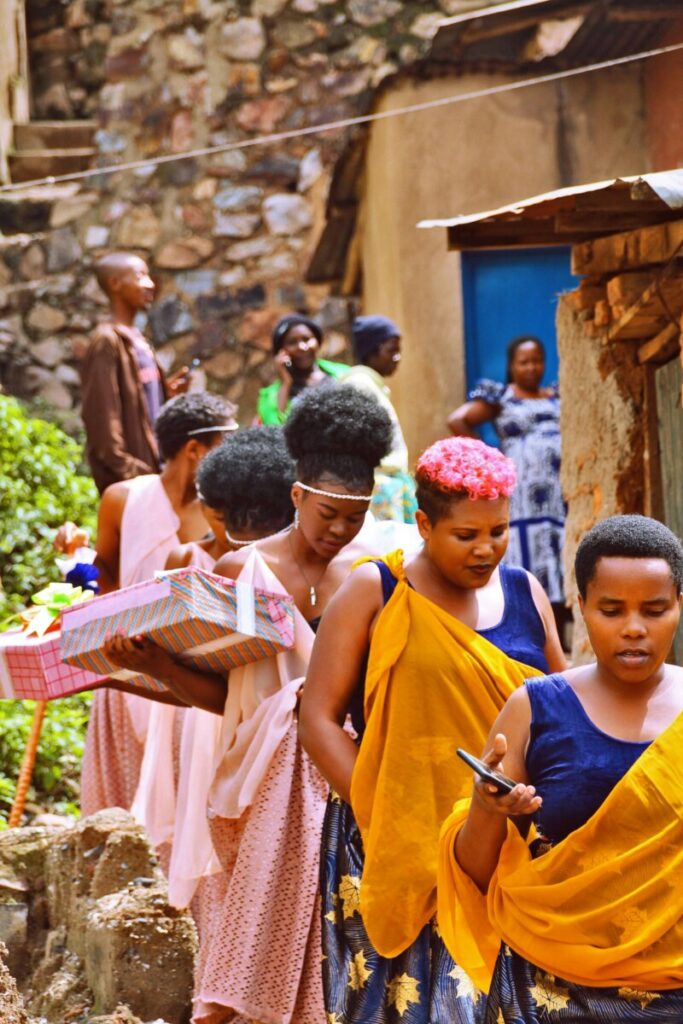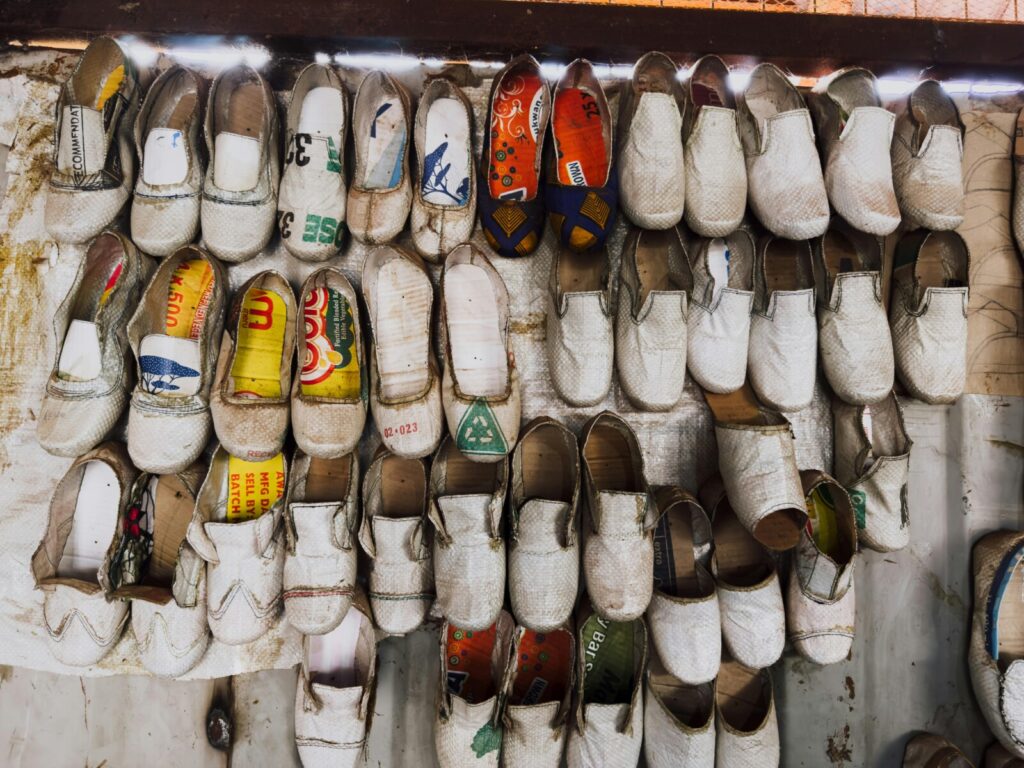This country, known as the “Pearl of Africa” and located in East Africa, boasts a vast diversity of landscapes, cultures, and ethnic groups, making it a truly unique destination.
Every year, many people choose it as a place to experience volunteering, as it is a fascinating country.
On the blog, you’ll find various posts about must-try foods, recommended places to visit, and much more.
But today, we want to share something intriguing: how weddings are celebrated. With so many ethnic groups, Ugandan weddings are likely very different from what you’re used to.
That’s the magic of traveling—discovering other cultures and learning from them.

Weddings in Uganda vary depending on ethnicity and religion, but they generally combine traditional rituals with modern ceremonies.
Traditional weddings, also known as the Introduction Ceremony or ‘Kwanjula’, are the most significant in many Ugandan cultures, especially among the Baganda, and are considered the true marital union.
It is a formal event where the bride officially introduces her fiancé to her family, marking the first step toward marriage. The bride’s family organizes the ceremony and sends a list of requirements to the groom, which may include money, gifts, and food. The groom’s family prepares to bring the agreed-upon gifts while wearing traditional attire—the groom arrives in a ‘Kanzu’, a white tunic.
The groom’s family, usually a large group, arrives at the bride’s home and is welcomed by representatives of her family, who guide them to the ceremony venue.
First, a symbolic negotiation of the dowry, or ‘omuko’, takes place, which includes money, livestock, clothing, and food. Then, the bride is presented, entering with a group of young women dressed in a ‘Gomesi’ (a traditional silk dress). The groom’s family identifies her as the future wife, and she confirms her acceptance by receiving the gifts.
After this acceptance, a grand celebration follows, filled with music, dancing, and traditional food. More gifts are given while the couple receives blessings.
Following this celebration, the couple may choose to have a religious or civil wedding, and traditionally, the bride can move in with her husband after the ceremony.
This cultural event strengthens family bonds and honors the traditions of the Baganda people.

Among the Banyankole, an ethnic group from southwestern Uganda, traditional wedding ceremonies are rich in symbolism and rituals.
The first step is the Marriage Negotiation, known as ‘Okuhingira’. Traditionally, parents arranged marriages and selected partners for their children, but today, couples have more freedom to choose.
Once a match is made, the groom’s family visits the bride’s family to formally request her hand in marriage. The groom then pays the dowry, or ‘Enjugano’, which includes cows, money, and other gifts. Cows are especially significant, as the Banyankole are cattle herders, raising the distinctive Ankole cattle.
The wedding ceremony follows, with both bride and groom dressed in traditional attire. The bride wears a ‘Mushanana’, an elegant dress with a draped shawl, while the groom wears a ‘Kanzu’ with a coat.
In the past, the bride’s aunt played a special role in preparing her for marriage, teaching her about marital life. Some historical accounts even suggest that she was responsible for “testing” the groom to ensure his virility, though this practice is rare today.
During the wedding, the bride is formally introduced to the groom’s family with great respect. A feast is served, featuring traditional dishes such as ‘Eshabwe’ (a butter-based sauce), meat, and plantains.
After the wedding, a grand celebration takes place with dancing, singing, and drumming. The bride then moves into the groom’s home, officially becoming part of his family.
On the other hand, the Karamojong, a nomadic ethnic group from northeastern Uganda, have weddings that differ greatly from those of other Ugandan communities. Their culture revolves around cattle, which symbolize wealth and social status.
In Karamojong traditions, marriages are generally arranged by the families. The groom’s family selects a bride based on her health, strength, and domestic skills. The groom must then pay a dowry in cows, the amount depending on the bride’s family. The more cows he offers, the higher his prestige within the community.
In some communities, the groom symbolically “abducts” the bride as part of the ritual. This act is not hostile but a tradition in which the bride is taken to the groom’s home with the support of her family. Elders then step in to negotiate the dowry and finalize the marriage.
Once the marriage is accepted, a grand celebration follows, featuring singing, dancing, and feasting. The Karamojong perform jumping dances, where men showcase their strength and vitality.
The wife then joins her husband’s family, taking on household and herding responsibilities. In Karamojong culture, men may have multiple wives if they can provide for them.
Uganda also hosts traditional Christian weddings in churches, with white dresses and grand receptions, as well as Muslim weddings in mosques, which include a specific dowry. Civil weddings take place in government offices.
Regardless of the type of wedding, post-ceremony celebrations often include dancing, food, and gift-giving. In some cultures, the bride is escorted to her husband’s home in a large procession.

Some common traditions shared among different Ugandan ethnic weddings include the importance of the dowry, the symbolic “abduction” of the bride in some communities, the introduction ceremony, and unique marital tests—such as in some Nilotic groups, where the bride had to prove she could cook and work hard before marriage. Traditional attire, abundant food with no waste, and large weddings with many guests are also widespread practices.
Although customs are evolving and there is increasing freedom in wedding choices, many of these traditions are still upheld, especially in rural areas.
If you ever travel to Uganda and have the chance to attend a wedding, you’ll find it to be an unforgettable experience!




